March 5th 2025 10:26:27 AM
Supply Chain Management: Why a Lean and Mean Approach May Not Work Post-Pandemic
July 13th 2021 11:00:00 AM
During the global pandemic, many companies adopted a lean approach to their supply chain management. There has been so much uncertainty about COVID-19 and its impact on the worldwide economy that it seemed being cautious about spending money was the best option. No one knew exactly when there would be lockdowns, how long they would last, or which industries would be affected. It made sense for retailers and distributors to avoid being stuck with large amounts of inventory they could not sell within a reasonable time. Manufacturers also did not want to have raw materials sitting in their warehouses that could not be made into goods.
As the pandemic’s effects are slowly easing and the business world starts its return to something resembling normal, this type of lean and mean approach may not be the best way to manage the supply chain and inventory issues.
Are you interested in learning about Scanco’s supply chain management solutions for your business right away? Contact us online or call (330) 645-9959 to make an appointment with a Scanco Solutions Expert to take the next step now.
Just-in-Time Inventory Management
Just-in-time inventory management is a good idea on its surface. It saves a company from holding too much in inventory at any one time. Anything the business has already spent money on for this purpose is like cash the company has already spent but can’t recoup any benefit from until the inventory is converted into a sale or (in the case of a manufacturer) a product.
Unfortunately, the longer inventory is held without being converted, the more it eats into the company’s working capital. This is the problem that just-in-time inventory management was made to solve.
Add COVID-19 to Just-in-Time Inventory Management …
The thing about just-in-time inventory management is that it requires complete cooperation from every stage in the supply chain. Many industries have experienced shortages in goods they need to continue operating. The following are just two examples:
Auto Industry
When COVID-19 hit and many people started working from home, automakers expected the demand for new vehicles would plunge. They cut back on orders for semiconductor chips accordingly. The numbers did drop in March and April 2020; however, demand for vehicles rebounded by late summer. Sales had rebounded (and reached record levels) for several manufacturers in April of this year.
Unfortunately, semiconductor manufacturers had found other customers for their products by this point. They were selling to the consumer electronics industry that was supplying semiconductor chips for smartphones, gaming consoles, and web cameras.
There are up to 1,400 semiconductor chips used to make one 2021 automobile. Not enough of them were being produced to fill orders. As a result, North American and European automakers had to slow production. In some instances, they have had to shut down temporarily.
According to a report from AlixPartners, a consulting firm, the auto industry is expected to be hit by a $110 billion loss in revenues in 2021 from the shortage of semiconductor chips. Approximately 3.9 million fewer vehicles than originally planned for this year will be produced.
Construction Industry
This industry has been greatly affected by the soaring costs of lumber. The available supply is limited. Both circumstances feed off of each other to create a vicious circle of high demand and high prices. The ongoing lumber shortage is affecting the residential home building, commercial construction, as well as DIY projects.
When the pandemic started in the spring of 2020, the rate of lumber production throughout the industry slowed down. At the same time, homeowners, who were now spending more time looking at their own four walls, decided to make the DIY projects they had been putting off a priority. They were interested in building decks and renovating their basements. Unfortunately, suppliers have not been able to keep up with demands for wood products.
The National Association of Home Builders says the cost of lumber has jumped more than 300% in the last year. The Association also points out that anyone who is considering building a new single-family home should expect to budget at least $35,000.00 more for their house due to higher lumber costs.
Time to Update the Approach to Supply Chain Management for Post-COVID World
Business owners and managers are not strangers to having to respond to challenges. The worldwide pandemic has forced businesses of all types to pivot and adapt to never-before-seen circumstances.
Manufacturers and distributors who may have been expecting a slow return to normal as the population gets vaccinated against the COVID virus may find that they are getting a flurry of orders much more quickly than they expect. The idea of keeping inventory expenses down by slashing spending to the bone and only ordering when needed is a juggling act. It makes the balance sheet look healthier; however, if a supplier can’t fill orders or there is a delay in filling them, a business is going to be stuck with backlogs and stock-outs at a time when it really wants to show customers that it is reliable.
In our next blog post, we will discuss specific strategies for supply chain management in the post-COVID business world.
Scanco is a Leader in Supply Chain Automation Software
Scanco has the solutions you need to take control of your supply chain management. Find out how Sage Production Management can help you integrate sales, purchasing, and scheduling to ensure your team stays on track.
Contact us online or call (330) 645-9959 to make an appointment with a Scanco Solutions Expert to take the next step now.













